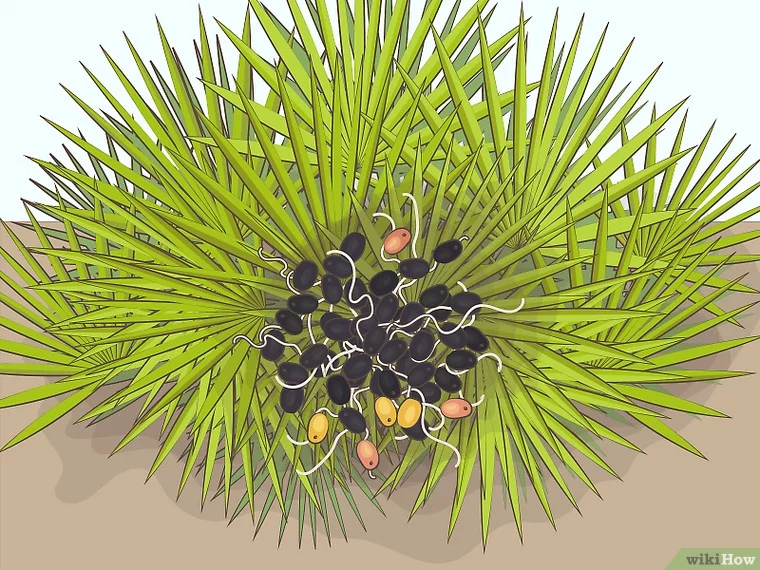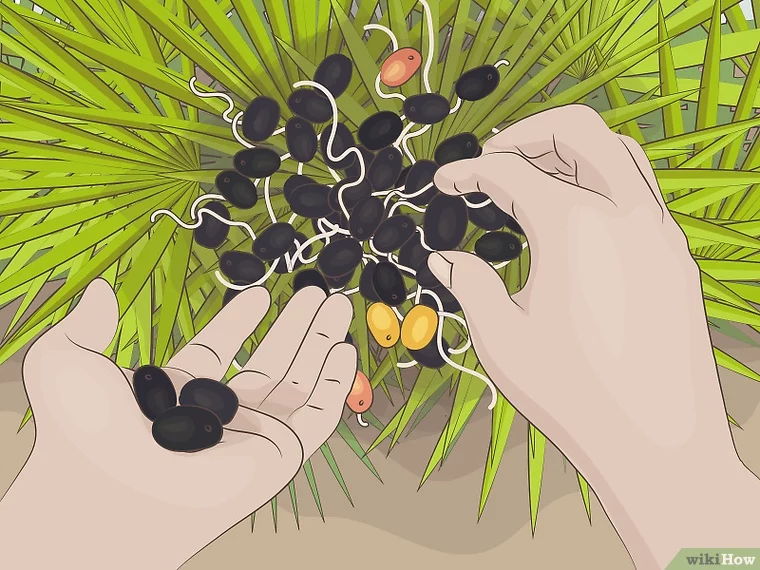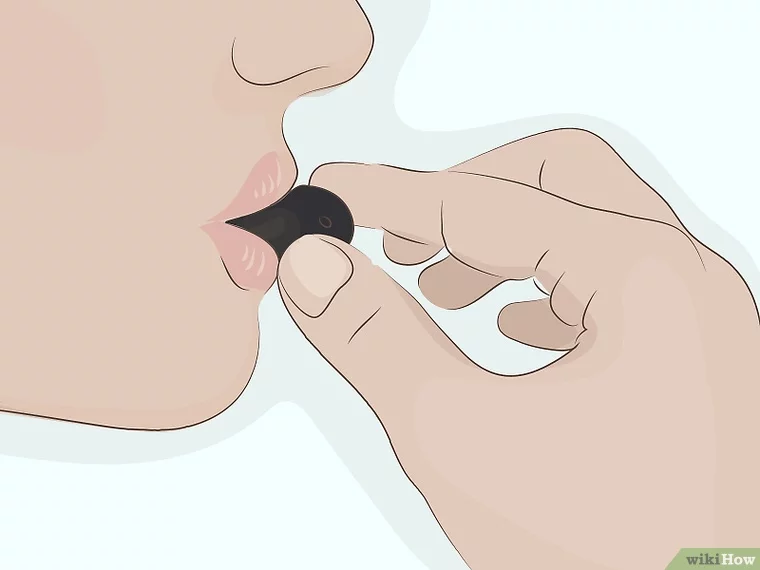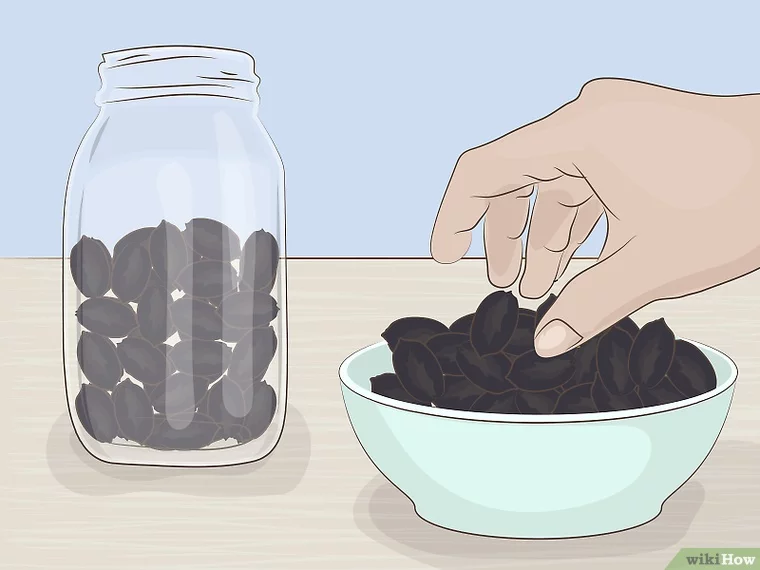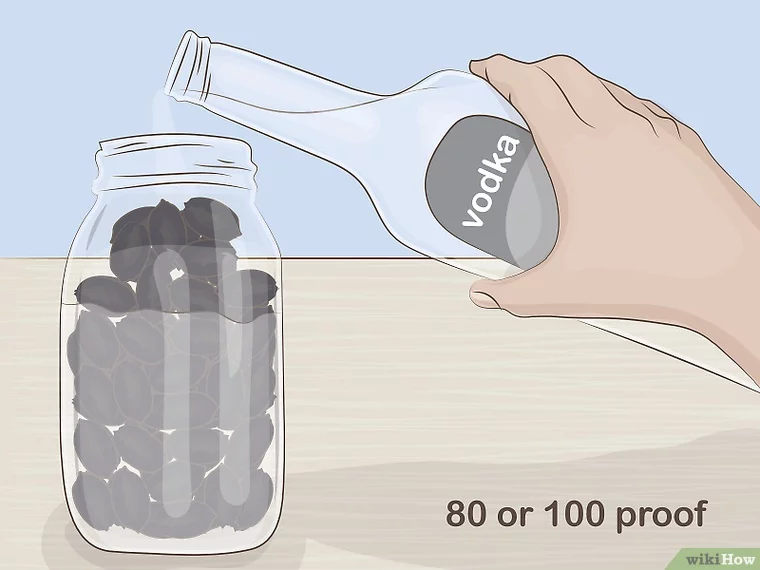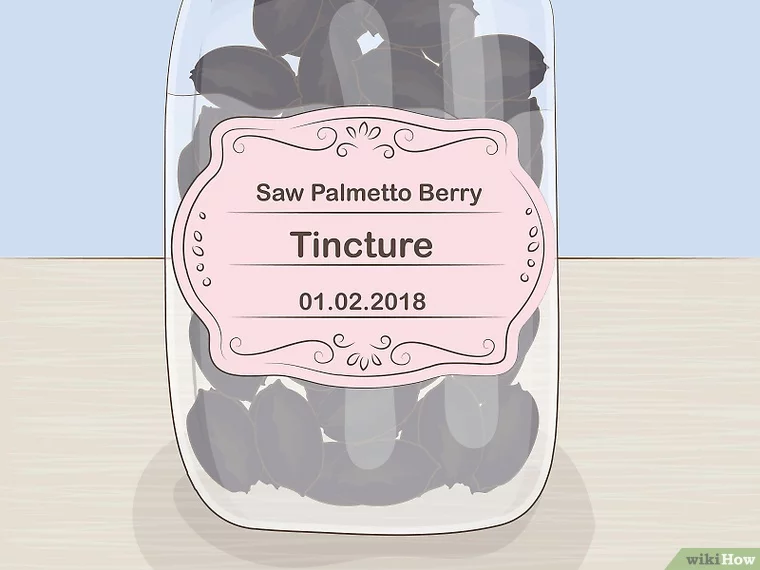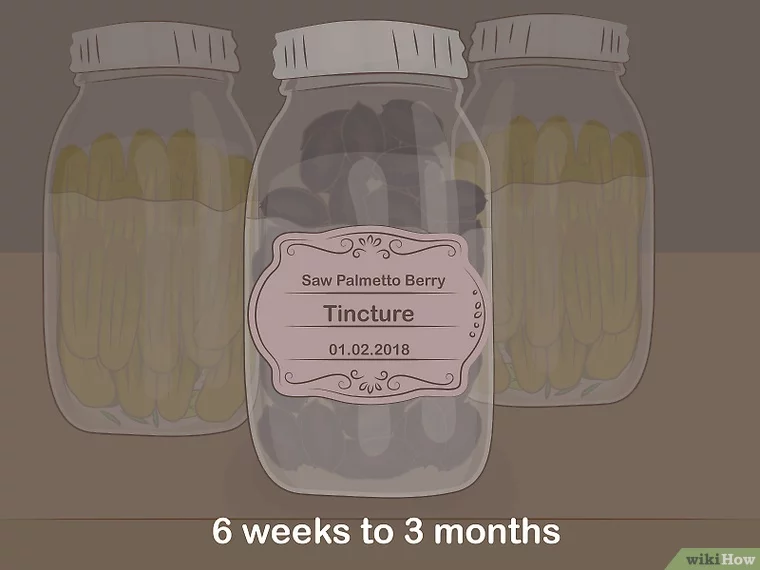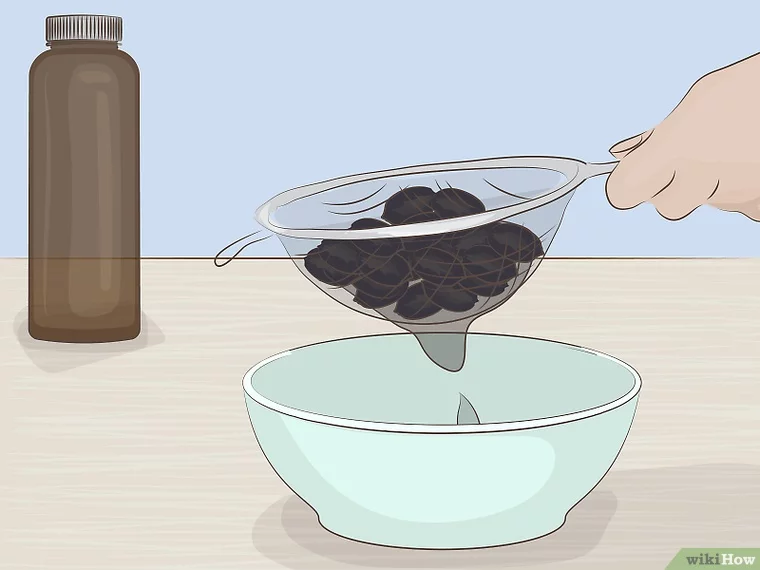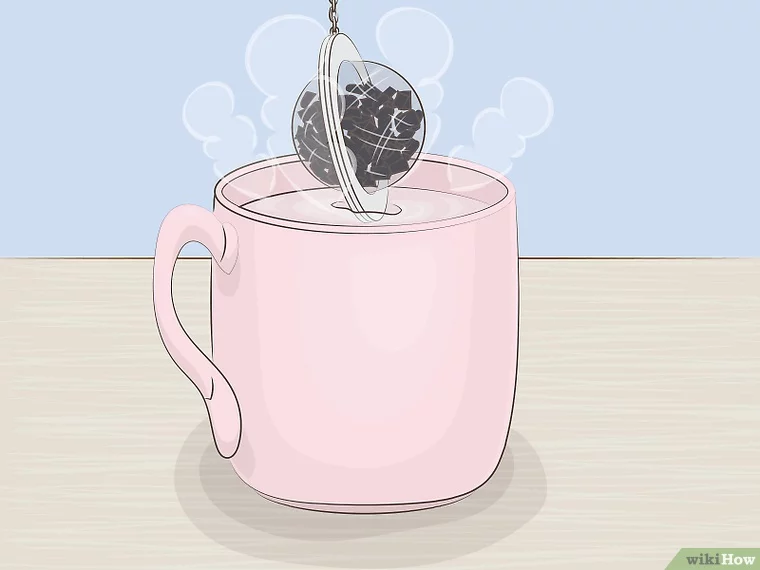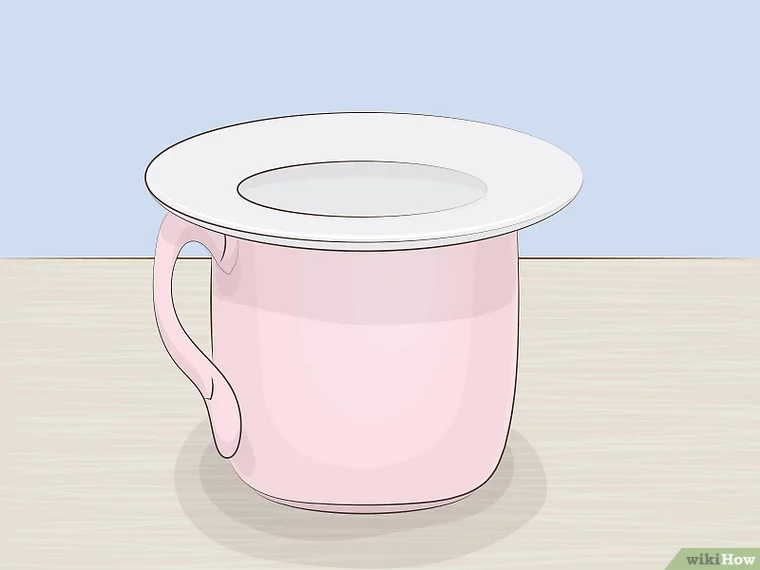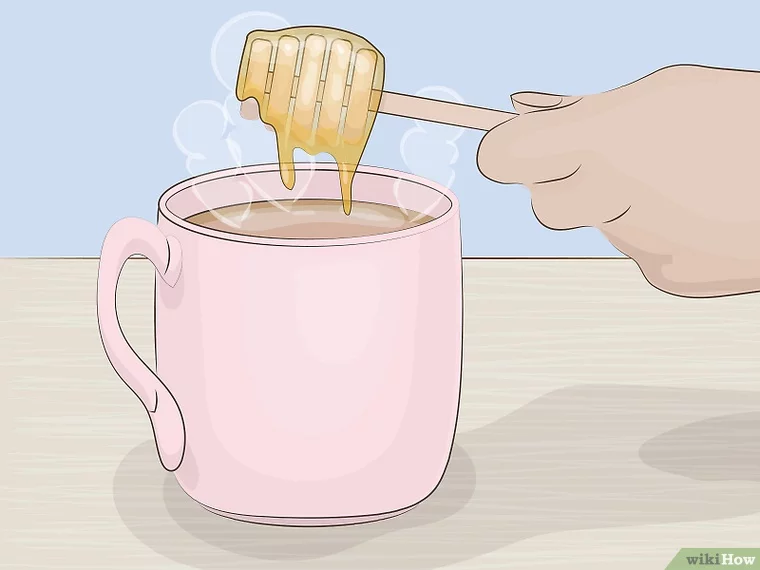Danil54grl
Top Poster
I liked this article so thought I would share, some good to know information even though you would have to do a little more research on exactly how. A lot of these are growing wild around here and some I have growing out in the garden.
http://www.askaprepper.com/23-medicinal-plants-native-americans-used-daily-basis/
23 Medicinal Plants the Native Americans Used on a Daily Basis
By AnneMay 1, 2017 12:27
Native Americans are renowned for their medicinal plant knowledge. It is rumored they first started using plants and herbs for healing after watching animals eat certain plants when they were sick. In order to protect these plants from over harvesting, the medicine men used to pick every third plant they found.
The Native Americans had a spiritual view of life, and to be healthy, a person had to have a sense of purpose and follow a righteous, harmonious, and balanced path in life. They believed some illnesses were life lessons the person needed to learn and that they shouldn’t interfere. Many modern remedies and medicines are based on the Native American knowledge of the different plants and herbs they used for thousands of years.
Here are the most versatile plants the Native Americans used in their everyday lives:
#1. Yarrow (Achillea millefolium)
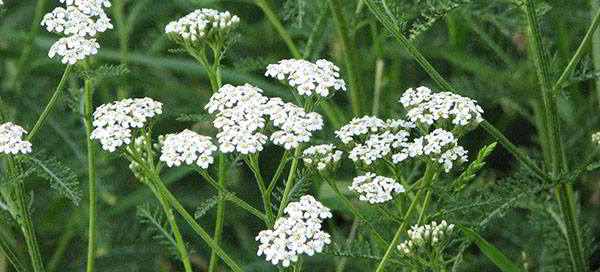
This fragrant, flowering plant has been used since Ancient Greece began using to stop excess bleeding. It is said the Greek hero Achilles used it on his wounds, hence the name. Pioneers and aboriginal people applied this on open wounds and cuts as a poultice made from the leaves to help clot the blood. They also combined fresh yarrow juice with water to help an upset stomach and for intestinal disorders. A tea made from the leaves and stems will act as an astringent.
#2. Sumac
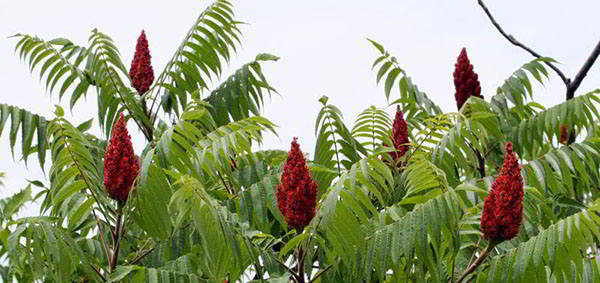
This plant can be used for multiple medicinal remedies, but it is one of the only plants that the healers used in treating eye problems. A decoction from sumac was used as a gargle to relieve sore throats or taken as a remedy for diarrhea. The leaves and berries were combined in tea to reduce fever or made into a poultice to soothe poison ivy.
#3. Blackberry
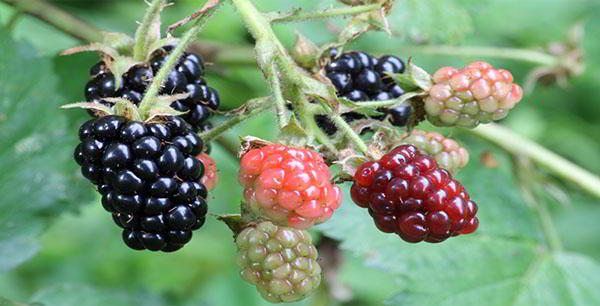
The Cherokee used this plant for treating an upset stomach. They used blackberry tea for curing diarrhea and soothing swollen tissues and joints. An all-natural cough syrup to heal sore throats can be made from blackberry root mixed with honey or maple syrup. To soothe bleeding gums, they used to chew the leaves. This plant is also good for strengthening the whole immune system.
Related: How I Make My Own Cough Mixture
#4. Rosemary
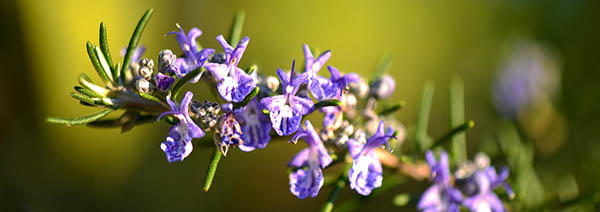
Native American tribes considered this plant sacred. They used it mostly as an analgesic for alleviating sore joints. This herb improves memory, relieves muscle pain and spasm, and helps the circulatory and the nervous systems. It also improves the immune system and treats indigestion.
#5. Mint
The Cherokee used to make a mint tea to soothe digestion problems and help an upset stomach. They also made a salve from the leaves to relieve itching skin and rashes.
#6. Red Clover
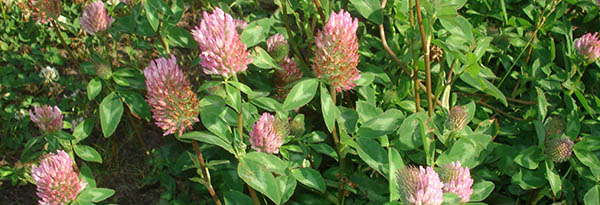
This plant has been used by healers for treating inflammation and respiratory conditions. Recent studies have shown that red clover helps to prevent heart disease by improving circulation and lowering cholesterol.
#7. Black Gum Bark
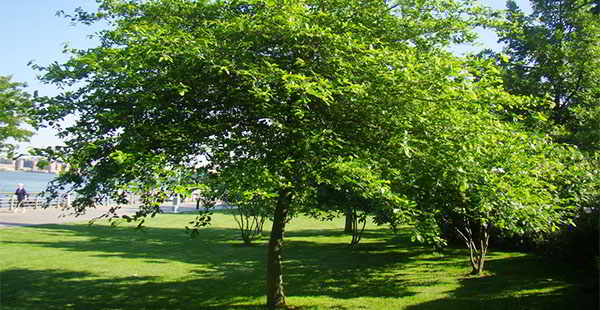
The Cherokee used to make a mild tea from the twigs and black gum bark to relieve chest pains.
Related: How Cherokees Used Trees of Southern Appalachia for Food, Medicine, and Craft
#8. Cattail
This is one of the most famous survival plants the indigenous population used for food but also as a preventative medicine. Because it’s an easily digestible food, it’s helpful for recovering from illness. It is called the supermarket of the swamp as it can be used in multiple dishes.
Related: Delicious Recipes Using Cattails The Supermarket of the Swamp
#9. Pull Out a Sticker (Greenbriar)
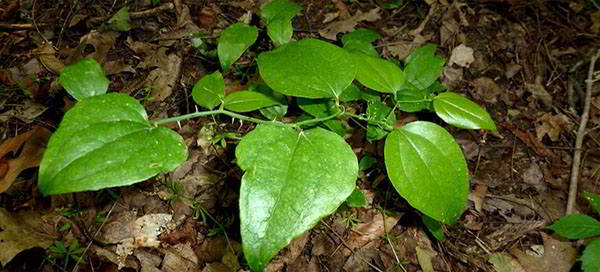
This root tea was used as a blood purifier or for relieving joint pain. Some healers made a salve from leaves and bark mixed with hog lard, which was applied to minor sores, scalds, and burns.
#10. Hummingbird Blossom (Buck Brush)
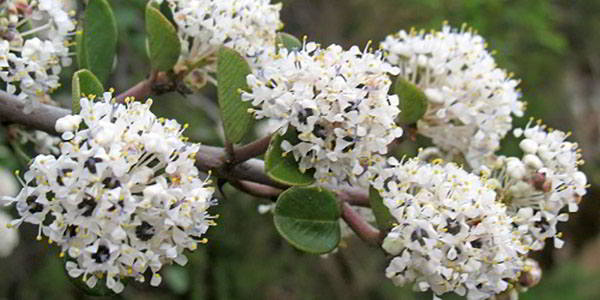
The Native Americans used this plant for treating mouth and throat conditions as well as cysts, fibroid tumors, and inflammation. It can be made into a poultice to help treat burns, sores, and wounds. A diuretic that stimulates kidney function can be made using the roots of this plant.
The early pioneers utilized this particular plant as a substitute for black tea. Recent studies have shown that hummingbird blossom is effective in treating high blood pressure and lymphatic blockages.
#11. Wild Rose
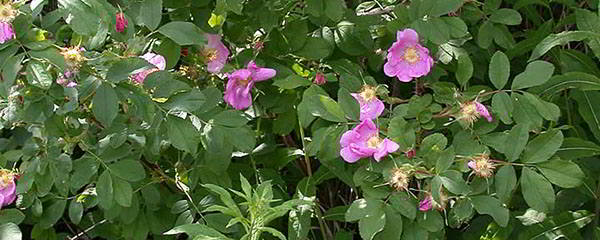
The Native Americans used this plant as a preventive and a cure for a mild common cold. The tea stimulates the bladder and kidneys and is a mild diuretic. A petal infusion was used for a sore throat.
#12. Saw Palmetto
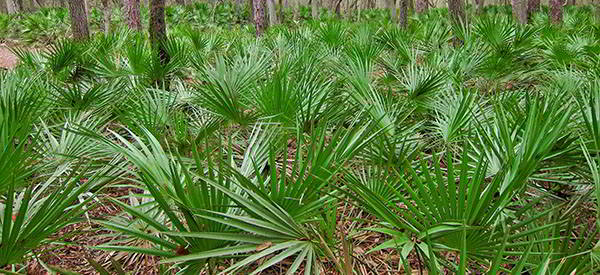
The native tribes of Florida, such as the Seminoles, used the plant for food, but medicine men used it as a natural remedy for abdominal pain. It also helps digestion, reduces inflammation, and stimulates appetite.
#13. Sage
Sage is commonly used as a spice, but it was a sacred plant for many indigenous tribes as it was thought to have effective purifying energies and to cleanse the body of negative energies. As a remedy, it was used for treating medical conditions like abdominal cramps, spasms, cuts, bruises, colds, and flu.
Related: How I Grow My Herbs Indoors
#14. Wild Ginger
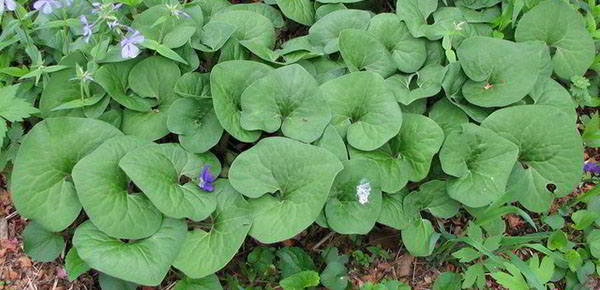
Healers used this plant for treating earache and ear infections. They also made a mild tea from the rootstock for stimulating the digestive system and relieving bloating. It also helps with bronchial infections and nausea.
Update: One of our readers sent us original pictures of wild ginger to help people identify the plant easier. (Photo credit: Erik Nielsen, Rational Design Studio)

#15. Slippery Elm
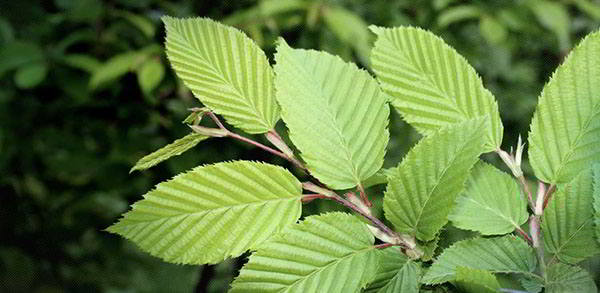
The Native Americans used the inner bark to fashion bow strings, rope, thread, and clothing. Tea was made from the bark and leaves to soothe toothaches, respiratory irritations, skin conditions, stomach ache, sore throats, and even spider bites.
#16. Lavender
Healers used this plant as a remedy for insomnia, anxiety, depression, headache, and fatigue. The essential oil has antiseptic and anti-inflammatory properties. Infusions can be used to soothe insect bites as well as burns.
Related: 79 Edible Flowers in North America (with Pictures)
#17. Prickly Pear Cactus

This is another plant that has been used as both a food and medicine. Native Americans made a poultice from mature pads as an antiseptic and for treating wounds, burns, and boils. Tea was made to treat urinary tract infections and to help the immune system. Now research shows that the prickly pear cactus helps to lower cholesterol and prevents diabetes and diet-related cardiovascular disease.
#18. Honeysuckle
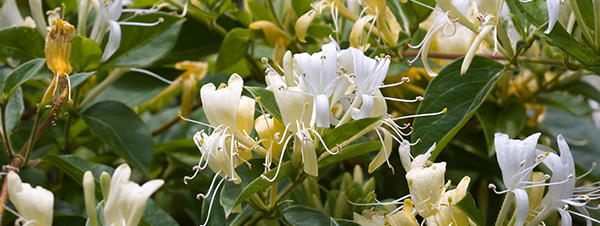
This plant has been used as a natural remedy by the Native Americans for treating asthma, but it has multiple healing purposes, including rheumatoid arthritis, mumps, and hepatitis. It also helps with upper respiratory tract infections, such as pneumonia.
#19. Ashwagandha
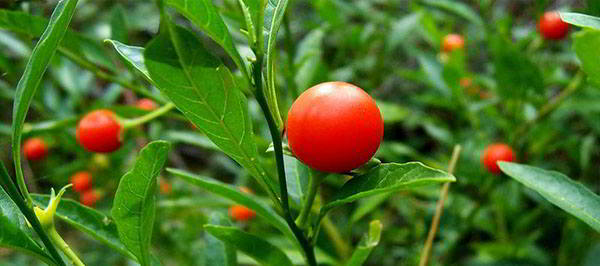
This plant was an important plant for healers because of its many unusual medicinal uses. It treats bone weakness, muscle weakness and tension, loose teeth, memory loss, and rheumatism. It can also be used as a sedative. It has an overall rejuvenating effect on the body as it improves vitality. The leaves and the root bark can also be used as an antibiotic. If made into a poultice, it helps reduce swelling and treats pain. Caution is advised in the use of this plant since it is toxic.
#20. Mullein
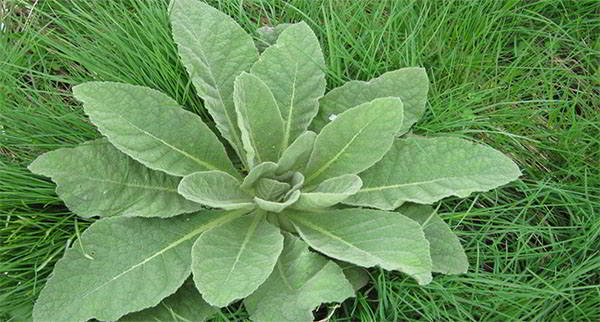
A tobacco-like plant, it was mainly used to treat respiratory disorders. The Native Americans made concoctions from the roots to reduce swelling in the joints, feet, or hands. Here you can find more medical uses for mullein.
#21. Licorice Root
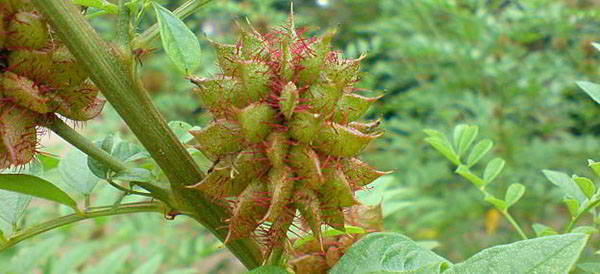
This root is famously used for flavoring candies, foods, and beverages. But it has also been used by healers to treat stomach problems, bronchitis, food poisoning, and chronic fatigue.
#22. Uva Ursi
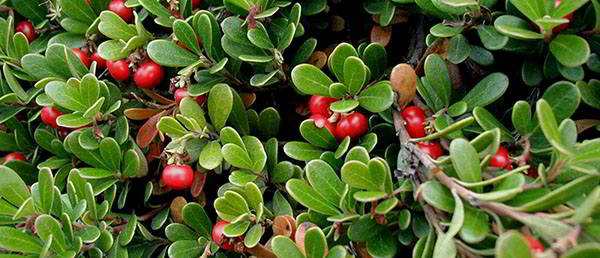
Because of the bear’s affection toward this plant’s fruits, it is also known as Bearberry and Beargrape. The Native Americans used this plant mainly for treating bladder and urinary tract infections.
#23. Devil’s Claw
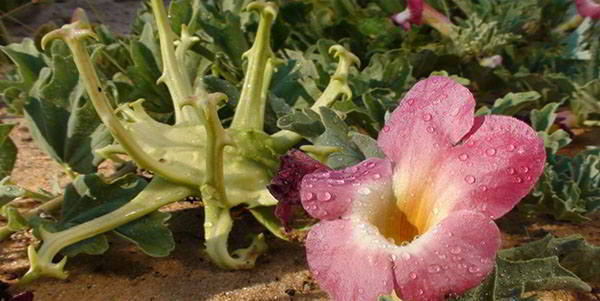
Although the name would suggest a poisonous plant, the Native Americans used it to heal various conditions, from treating fever to soothing skin conditions, improving digestion, and treating arthritis. The tea can reduce the effects of diabetes, while a concoction made from the plant’s roots reduces swelling and helps with joint disease, arthritis, gout, back pain, headache, and sores.
Remember that knowledge is the only doctor that can save you when there is no medical help around.
http://www.askaprepper.com/23-medicinal-plants-native-americans-used-daily-basis/
23 Medicinal Plants the Native Americans Used on a Daily Basis
By AnneMay 1, 2017 12:27
Native Americans are renowned for their medicinal plant knowledge. It is rumored they first started using plants and herbs for healing after watching animals eat certain plants when they were sick. In order to protect these plants from over harvesting, the medicine men used to pick every third plant they found.
The Native Americans had a spiritual view of life, and to be healthy, a person had to have a sense of purpose and follow a righteous, harmonious, and balanced path in life. They believed some illnesses were life lessons the person needed to learn and that they shouldn’t interfere. Many modern remedies and medicines are based on the Native American knowledge of the different plants and herbs they used for thousands of years.
Here are the most versatile plants the Native Americans used in their everyday lives:
#1. Yarrow (Achillea millefolium)

This fragrant, flowering plant has been used since Ancient Greece began using to stop excess bleeding. It is said the Greek hero Achilles used it on his wounds, hence the name. Pioneers and aboriginal people applied this on open wounds and cuts as a poultice made from the leaves to help clot the blood. They also combined fresh yarrow juice with water to help an upset stomach and for intestinal disorders. A tea made from the leaves and stems will act as an astringent.
#2. Sumac

This plant can be used for multiple medicinal remedies, but it is one of the only plants that the healers used in treating eye problems. A decoction from sumac was used as a gargle to relieve sore throats or taken as a remedy for diarrhea. The leaves and berries were combined in tea to reduce fever or made into a poultice to soothe poison ivy.
#3. Blackberry

The Cherokee used this plant for treating an upset stomach. They used blackberry tea for curing diarrhea and soothing swollen tissues and joints. An all-natural cough syrup to heal sore throats can be made from blackberry root mixed with honey or maple syrup. To soothe bleeding gums, they used to chew the leaves. This plant is also good for strengthening the whole immune system.
Related: How I Make My Own Cough Mixture
#4. Rosemary

Native American tribes considered this plant sacred. They used it mostly as an analgesic for alleviating sore joints. This herb improves memory, relieves muscle pain and spasm, and helps the circulatory and the nervous systems. It also improves the immune system and treats indigestion.
#5. Mint
The Cherokee used to make a mint tea to soothe digestion problems and help an upset stomach. They also made a salve from the leaves to relieve itching skin and rashes.
#6. Red Clover

This plant has been used by healers for treating inflammation and respiratory conditions. Recent studies have shown that red clover helps to prevent heart disease by improving circulation and lowering cholesterol.
#7. Black Gum Bark

The Cherokee used to make a mild tea from the twigs and black gum bark to relieve chest pains.
Related: How Cherokees Used Trees of Southern Appalachia for Food, Medicine, and Craft
#8. Cattail
This is one of the most famous survival plants the indigenous population used for food but also as a preventative medicine. Because it’s an easily digestible food, it’s helpful for recovering from illness. It is called the supermarket of the swamp as it can be used in multiple dishes.
Related: Delicious Recipes Using Cattails The Supermarket of the Swamp
#9. Pull Out a Sticker (Greenbriar)

This root tea was used as a blood purifier or for relieving joint pain. Some healers made a salve from leaves and bark mixed with hog lard, which was applied to minor sores, scalds, and burns.
#10. Hummingbird Blossom (Buck Brush)

The Native Americans used this plant for treating mouth and throat conditions as well as cysts, fibroid tumors, and inflammation. It can be made into a poultice to help treat burns, sores, and wounds. A diuretic that stimulates kidney function can be made using the roots of this plant.
The early pioneers utilized this particular plant as a substitute for black tea. Recent studies have shown that hummingbird blossom is effective in treating high blood pressure and lymphatic blockages.
#11. Wild Rose

The Native Americans used this plant as a preventive and a cure for a mild common cold. The tea stimulates the bladder and kidneys and is a mild diuretic. A petal infusion was used for a sore throat.
#12. Saw Palmetto

The native tribes of Florida, such as the Seminoles, used the plant for food, but medicine men used it as a natural remedy for abdominal pain. It also helps digestion, reduces inflammation, and stimulates appetite.
#13. Sage
Sage is commonly used as a spice, but it was a sacred plant for many indigenous tribes as it was thought to have effective purifying energies and to cleanse the body of negative energies. As a remedy, it was used for treating medical conditions like abdominal cramps, spasms, cuts, bruises, colds, and flu.
Related: How I Grow My Herbs Indoors
#14. Wild Ginger

Healers used this plant for treating earache and ear infections. They also made a mild tea from the rootstock for stimulating the digestive system and relieving bloating. It also helps with bronchial infections and nausea.
Update: One of our readers sent us original pictures of wild ginger to help people identify the plant easier. (Photo credit: Erik Nielsen, Rational Design Studio)

#15. Slippery Elm

The Native Americans used the inner bark to fashion bow strings, rope, thread, and clothing. Tea was made from the bark and leaves to soothe toothaches, respiratory irritations, skin conditions, stomach ache, sore throats, and even spider bites.
#16. Lavender
Healers used this plant as a remedy for insomnia, anxiety, depression, headache, and fatigue. The essential oil has antiseptic and anti-inflammatory properties. Infusions can be used to soothe insect bites as well as burns.
Related: 79 Edible Flowers in North America (with Pictures)
#17. Prickly Pear Cactus

This is another plant that has been used as both a food and medicine. Native Americans made a poultice from mature pads as an antiseptic and for treating wounds, burns, and boils. Tea was made to treat urinary tract infections and to help the immune system. Now research shows that the prickly pear cactus helps to lower cholesterol and prevents diabetes and diet-related cardiovascular disease.
#18. Honeysuckle

This plant has been used as a natural remedy by the Native Americans for treating asthma, but it has multiple healing purposes, including rheumatoid arthritis, mumps, and hepatitis. It also helps with upper respiratory tract infections, such as pneumonia.
#19. Ashwagandha

This plant was an important plant for healers because of its many unusual medicinal uses. It treats bone weakness, muscle weakness and tension, loose teeth, memory loss, and rheumatism. It can also be used as a sedative. It has an overall rejuvenating effect on the body as it improves vitality. The leaves and the root bark can also be used as an antibiotic. If made into a poultice, it helps reduce swelling and treats pain. Caution is advised in the use of this plant since it is toxic.
#20. Mullein

A tobacco-like plant, it was mainly used to treat respiratory disorders. The Native Americans made concoctions from the roots to reduce swelling in the joints, feet, or hands. Here you can find more medical uses for mullein.
#21. Licorice Root

This root is famously used for flavoring candies, foods, and beverages. But it has also been used by healers to treat stomach problems, bronchitis, food poisoning, and chronic fatigue.
#22. Uva Ursi

Because of the bear’s affection toward this plant’s fruits, it is also known as Bearberry and Beargrape. The Native Americans used this plant mainly for treating bladder and urinary tract infections.
#23. Devil’s Claw

Although the name would suggest a poisonous plant, the Native Americans used it to heal various conditions, from treating fever to soothing skin conditions, improving digestion, and treating arthritis. The tea can reduce the effects of diabetes, while a concoction made from the plant’s roots reduces swelling and helps with joint disease, arthritis, gout, back pain, headache, and sores.
Remember that knowledge is the only doctor that can save you when there is no medical help around.

